Ancient China is one of those places in history that I find endlessly intriguing. Imagine a world where emperors ruled over vast lands, inventors crafted things that would change history forever, and traditions emerged that still shape life today. Life during those dynasties wasn’t just about emperors and battles; it was a rich tapestry woven from religion, philosophy, and remarkable creativity. The stories from that time are filled with both advanced ideas and timeless customs, making ancient China one of the most captivating eras to explore. From grand empires to the lives of everyday people, here are some fascinating facts about what life was really like back then.
1. The Great Wall Was Built Across Several Dynasties

The Great Wall of China wasn’t constructed in one go. Its construction spanned multiple dynasties, starting as early as the 7th century BCE and continuing until the 17th century CE. The most famous parts of the wall were completed by the Ming dynasty. Each segment had a purpose, often to defend against nomadic tribes from the north.
2. Dynasties Had Strict Social Hierarchies

Social hierarchy was a defining feature in ancient China, and this structure often dictated one’s career, social interactions, and even education. The emperor was at the top, followed by scholars and officials, while farmers, artisans, and merchants fell below. These roles were seen as part of the natural order, and mobility within this structure was extremely limited.
3. The Silk Road Was Vital to China’s Economy

The Silk Road connected China to Europe, the Middle East, and parts of Africa, allowing for the trade of silk, spices, and precious stones. This network, which flourished particularly during the Han dynasty, helped spread Chinese culture far beyond its borders and made silk a symbol of China’s economic power.
4. Ancient Chinese Medicine Was Surprisingly Advanced

Medicine in ancient China involved various treatments that are still recognized today, like acupuncture and herbal remedies. These practices were based on the balance of yin and yang, and the belief in Qi, or life energy, which flows through the body. Diagnosis and treatments often emphasized harmony with nature and the balance of internal forces.
5. Confucianism Shaped Chinese Society
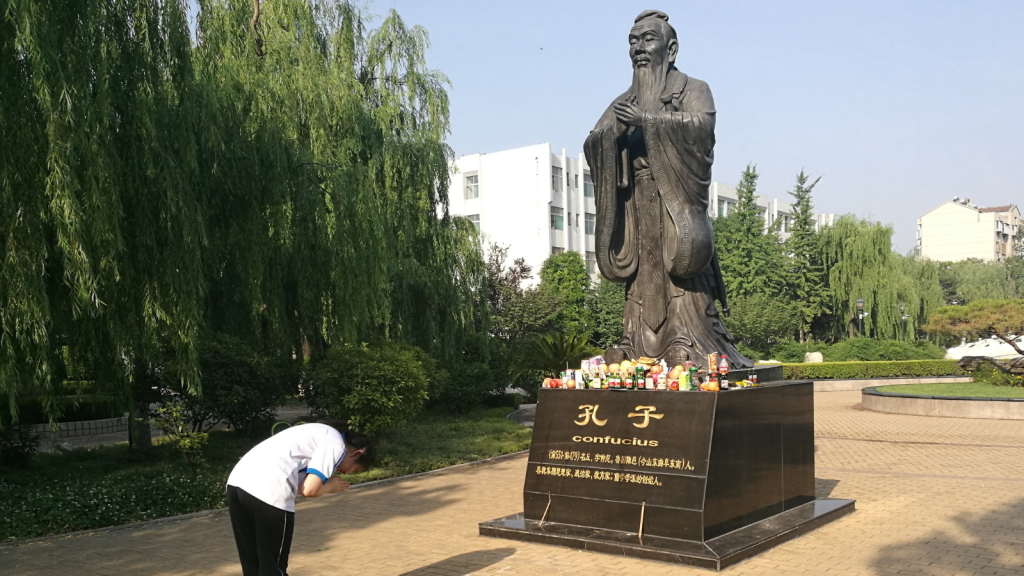
Confucius, a philosopher during the Zhou dynasty, promoted values such as respect, duty, and family loyalty. His teachings became the backbone of Chinese ethics and influenced everything from family dynamics to government policy. Confucianism encouraged people to pursue knowledge and respect hierarchy, which helped to unify society under common values.
6. Paper Was Invented During the Han Dynasty
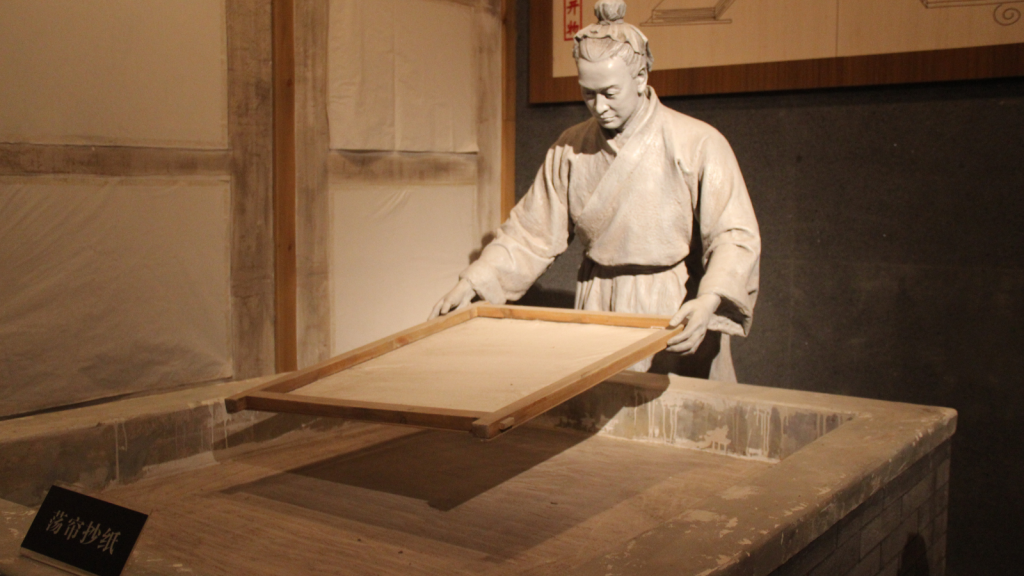
The invention of paper during the Han dynasty revolutionized communication and education. Made from mulberry bark, hemp, and other materials, early paper allowed ideas and knowledge to spread more easily. This innovation greatly impacted literacy and became essential in record-keeping and government administration.
7. The Tang Dynasty Was Known as China’s Golden Age
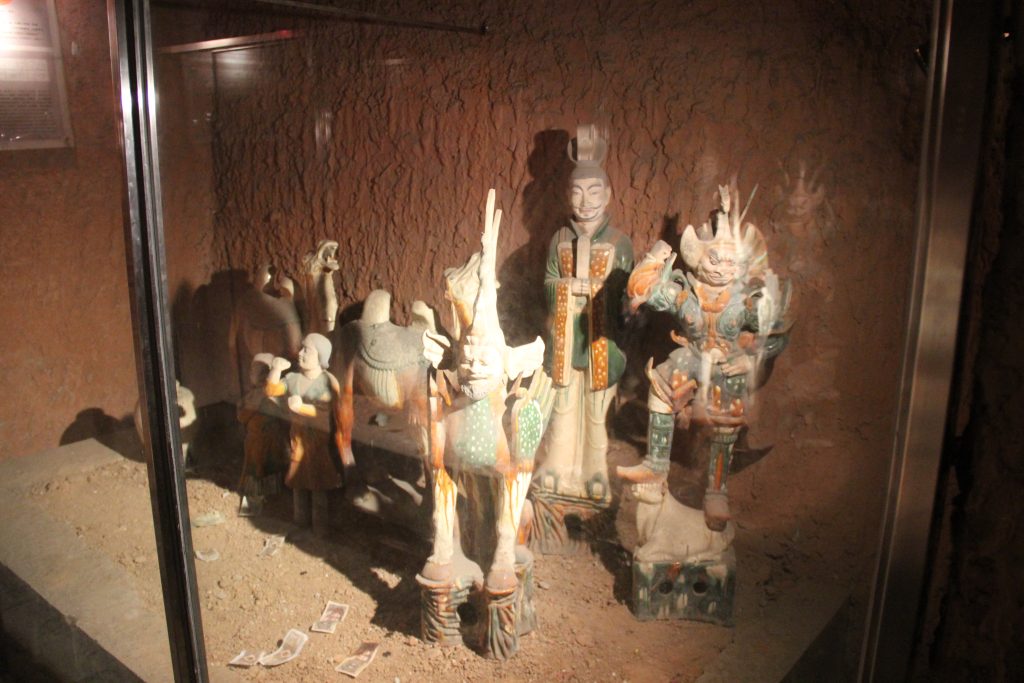
The Tang dynasty (618–907 CE) is often considered China’s Golden Age due to its advancements in poetry, painting, and trade. During this time, the arts flourished, and the capital, Chang’an, became a global hub of culture. This period marked a high point in Chinese civilization, with progress in both technology and culture.
8. Tea Drinking Began as a Medicinal Practice

Though tea is now a cultural symbol, its use in ancient China began for medicinal purposes. It was believed to aid digestion, relieve headaches, and improve focus. The custom of drinking tea spread during the Tang dynasty, eventually becoming an essential part of daily life and culture.
9. The Zhou Dynasty Gave Rise to Iron Tools and Weapons
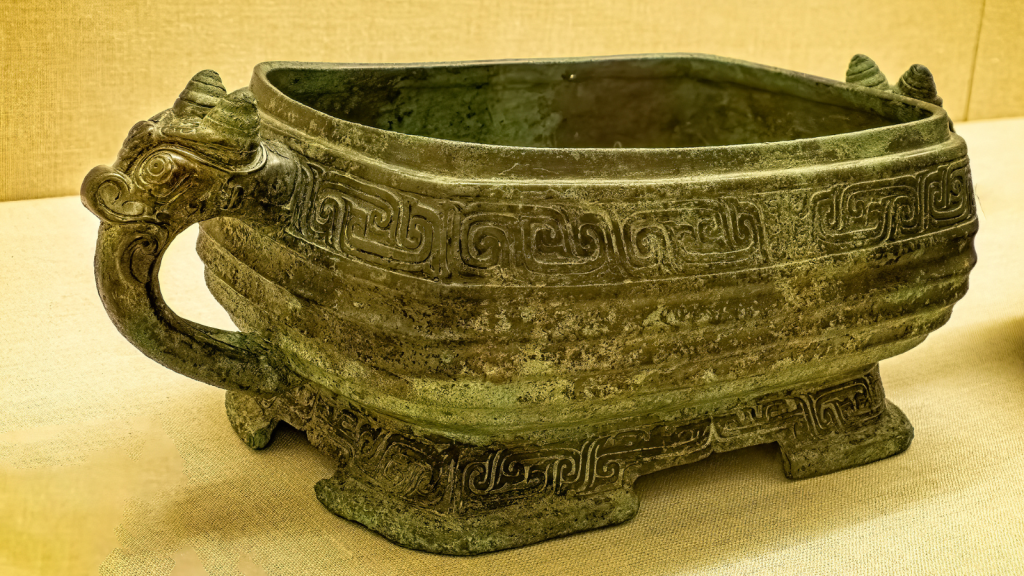
The Zhou dynasty (1046–256 BCE) saw the use of iron for tools and weapons, which transformed agriculture and warfare. Iron plows increased farming efficiency, while iron weapons gave armies a competitive edge. This advancement led to a period of greater territorial expansion and agricultural productivity.
10. Astrology Played a Significant Role in Decision-Making
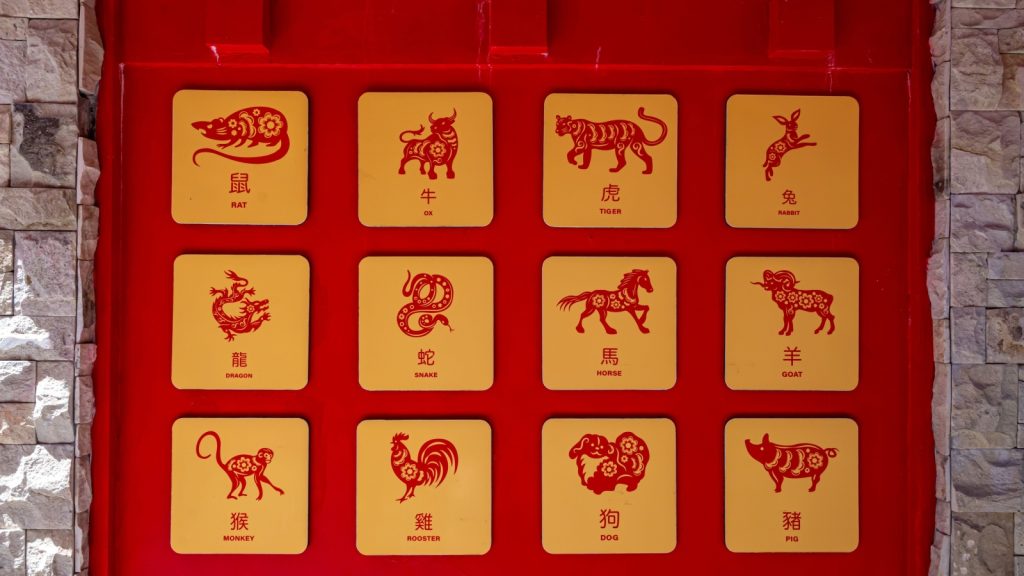
Chinese emperors and officials often consulted astrologers, believing that the positions of the stars and planets influenced earthly affairs. Major decisions, from military campaigns to crop planting, were guided by astrological readings. This practice remained influential across many dynasties.
11. Education Was Highly Valued, Especially for Officials

Education was seen as a path to becoming a respected government official. The civil service exams, which began during the Sui dynasty and developed further in the Tang, were extremely challenging. Those who passed were granted prestigious roles, making education a valued pursuit for ambitious young men.
12. The Qin Dynasty Standardized the Chinese Writing System
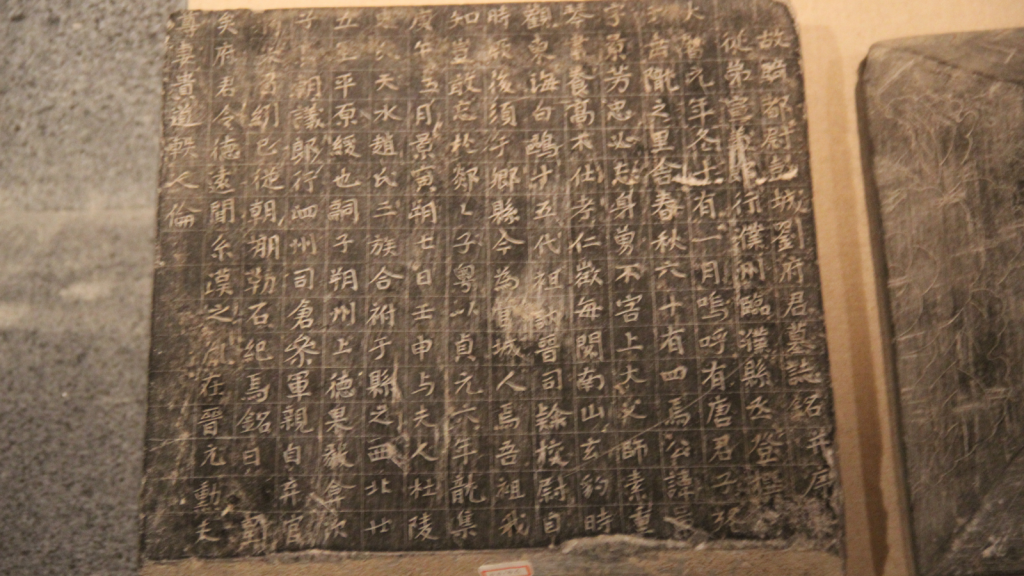
The Qin dynasty (221–206 BCE), though short-lived, left a lasting impact by standardizing the Chinese script. This unification made communication across China’s vast territories easier and more efficient, helping to establish a sense of national identity.
13. Ancient China Practiced Foot Binding for Over a Thousand Years
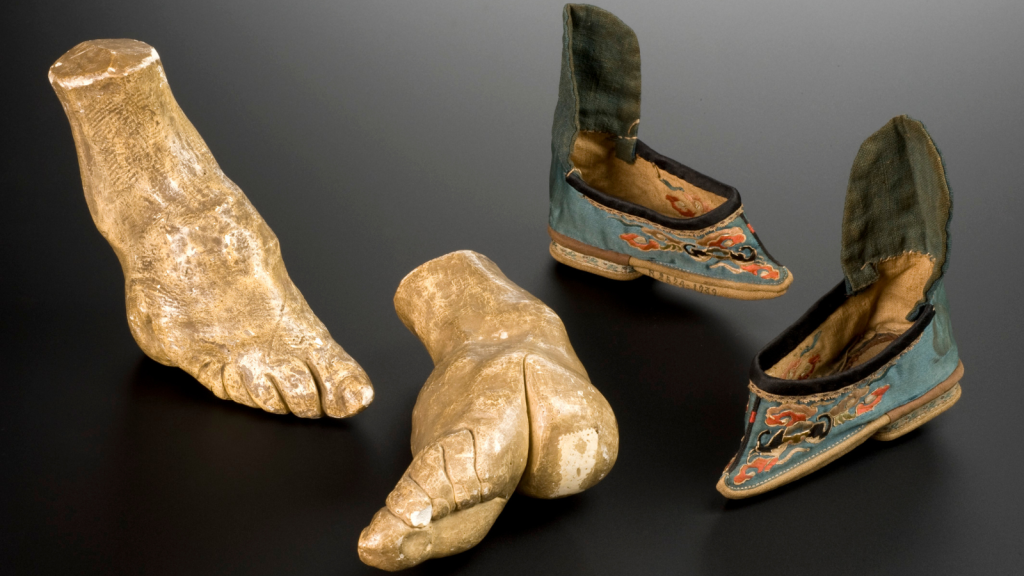
Foot binding, which began during the Song dynasty, involved binding the feet of young girls to keep them small—a sign of beauty and status. Though painful, the practice persisted for centuries, as it was associated with femininity and grace, until it was banned in the early 20th century.
14. The Emperor Was Seen as a Divine Ruler
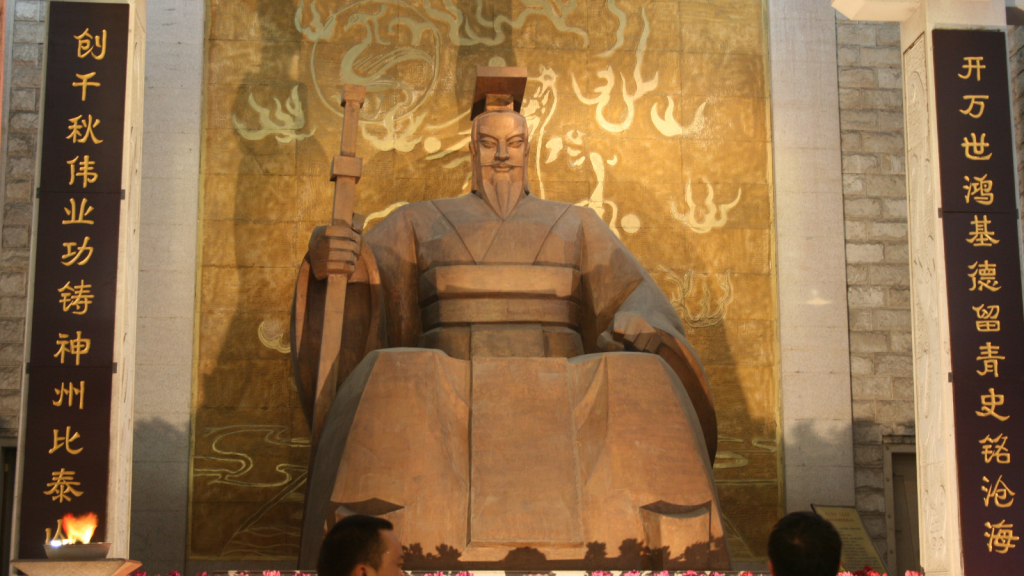
Emperors in ancient China were often viewed as semi-divine figures, responsible for maintaining harmony between heaven and earth. This concept, known as the Mandate of Heaven, justified the emperor’s rule but also held him accountable; if natural disasters or famines occurred, it was seen as a sign that he had lost divine favor.
15. Fireworks Originated During the Song Dynasty

China is credited with the invention of gunpowder, which was initially used for fireworks rather than weapons. Fireworks became popular during the Song dynasty, especially for celebrations and religious festivals. This vibrant invention added a new element to Chinese culture, symbolizing prosperity and joy.
16. The Yuan Dynasty Saw the First Paper Money
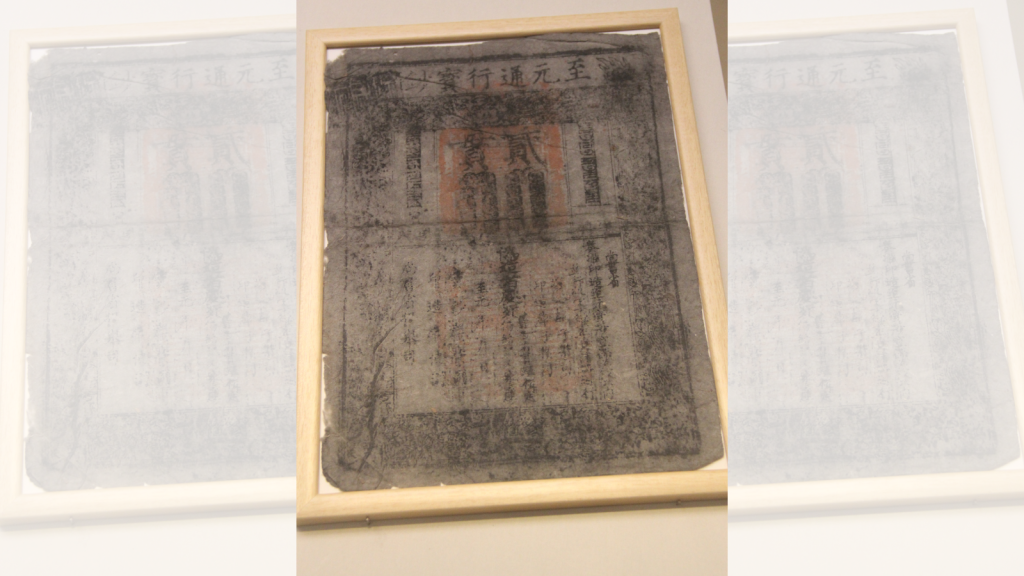
The Yuan dynasty, established by Kublai Khan in 1271, introduced paper money on a large scale. Paper currency made trade more convenient and allowed the empire to facilitate economic transactions across its vast territories. This innovation eventually spread to other parts of the world.
17. Many Chinese Women Wove Silk for Their Livelihood
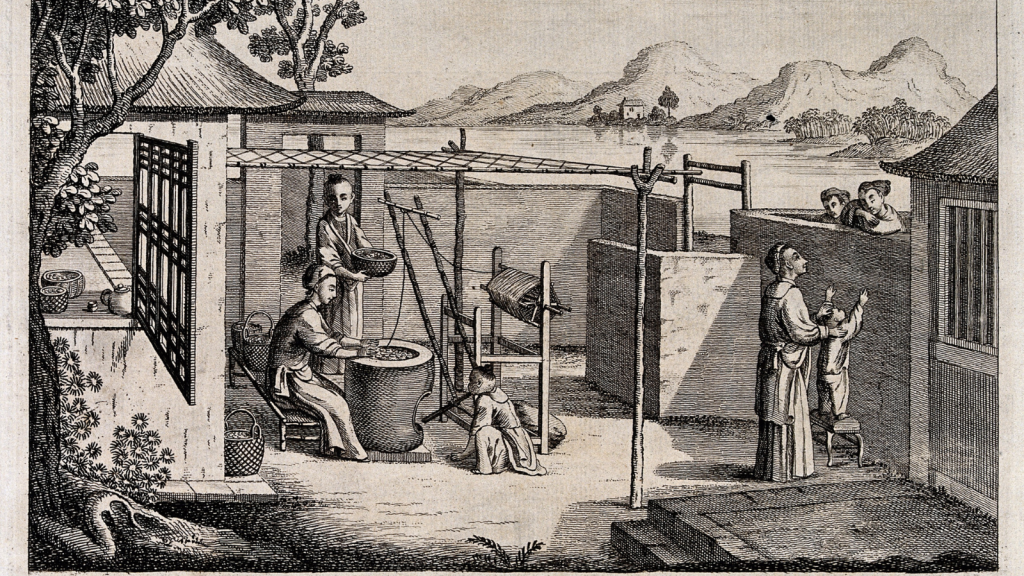
Silk production was a major industry, with women from many families involved in the labor-intensive process of raising silkworms and weaving silk. Silk became a highly valuable commodity, especially in international trade, making it both an economic and cultural treasure for China.
18. The Compass Was Invented in Ancient China
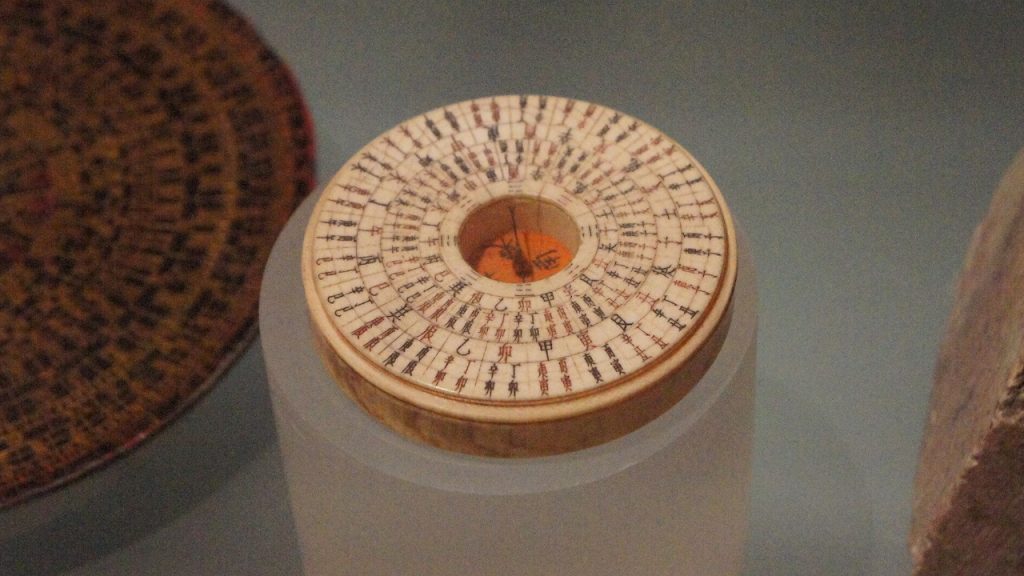
The Chinese invented the compass during the Han dynasty, originally for divination purposes. By the 11th century, it was used for navigation, helping Chinese sailors navigate the open seas and explore new territories. This invention would eventually transform global trade.
19. The Ming Dynasty Built the Forbidden City
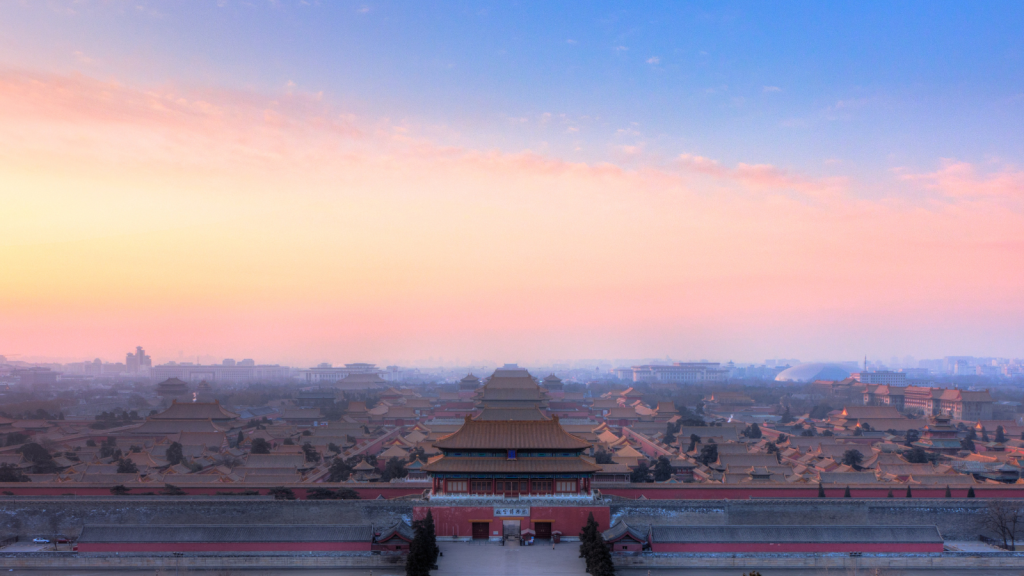
The Forbidden City, a grand palace complex in Beijing, was constructed during the Ming dynasty. It served as the emperor’s residence and the political heart of China for centuries. With thousands of rooms and intricate architectural design, it remains one of China’s most iconic structures.
20. Chinese Poetry Was a Deeply Respected Art Form
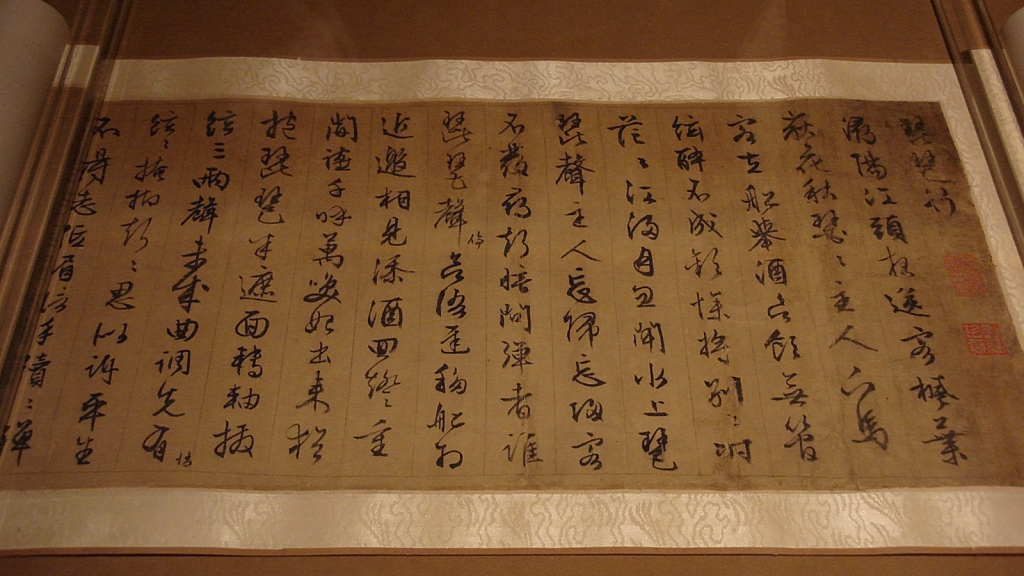
Poetry was a vital part of Chinese culture, especially during the Tang dynasty. Famous poets like Li Bai and Du Fu wrote on themes of nature, friendship, and philosophy. Writing poetry was considered a noble pursuit and was often encouraged as part of a scholar’s education.
21. The Shang Dynasty Practiced Bronze Casting
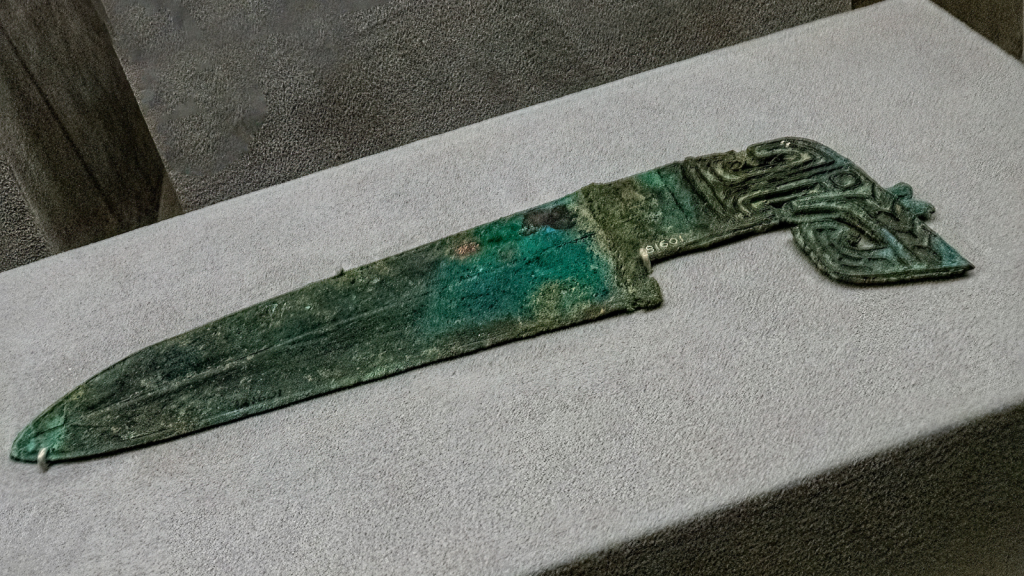
The Shang dynasty (c. 1600–1046 BCE) is famous for its advances in bronze casting, creating everything from weapons to ritual vessels. These bronze artifacts, often used in religious ceremonies, highlight the dynasty’s skill and innovation in metallurgy and are some of the oldest known in the world.
18 Everyday Things Amish Women Aren’t Allowed to Do

The Amish culture is known for its simple way of life and adherence to traditional values. While this lifestyle may seem appealing to some, there are certain restrictions that Amish women face that most modern women do not. Take a look at these things that we take for granted that are off-limits to Amish women.
Read More: 18 Everyday Things Amish Women Aren’t Allowed to Do
Ellen has been obsessed with logic puzzles, jigsaws, and cryptograms since she was a kid. After learning she was taught how to play chess wrong by a family friend (so they could win), she joined her school chess club and the rest is history.


